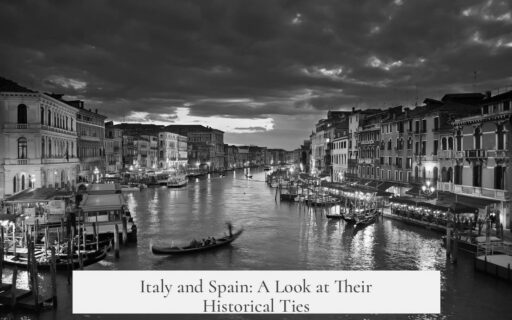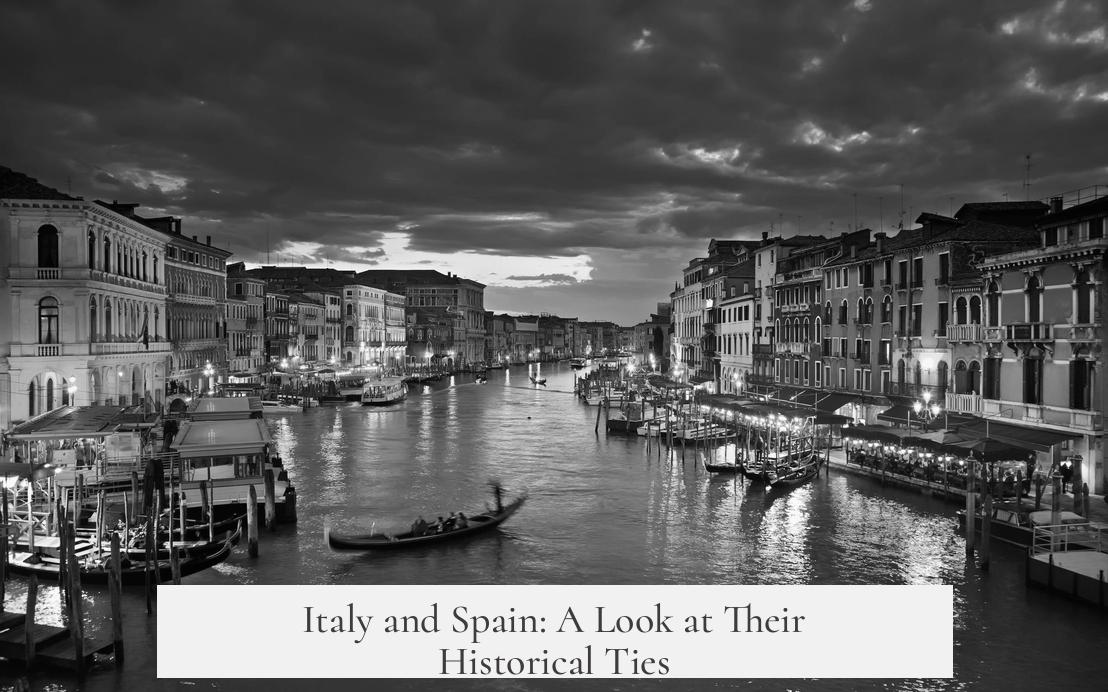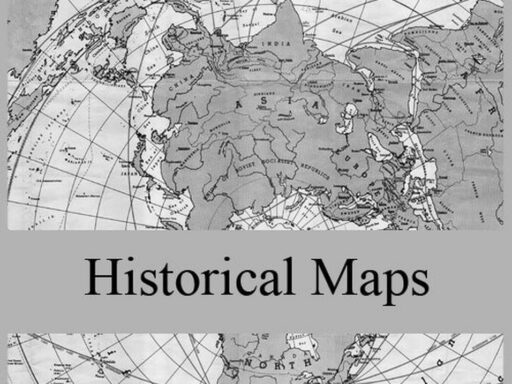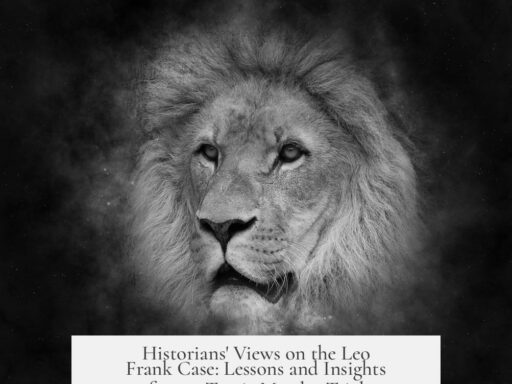There is a significant historical relationship between Italy and Spain, rooted in shared ancient empires, cultural ties, political rule, and military alliances. These connections span over two millennia, shaping both nations’ identities and histories deeply.
First, the Roman Empire forms the earliest and most fundamental link. Spain, known as Hispania under Roman rule, was conquered starting in 220 BC. This region was the first Roman territory outside mainland Italy. Hispania remained under Roman control for centuries, becoming a vital trade and military hub. Notable figures such as Julius Caesar played key roles in Hispania, with Caesar serving as praetor in Hispania Citerior in 61 BC and defeating Pompey’s son at the Battle of Munda in 45 BC. Seneca, the famous Roman philosopher, was born in Córdoba, Spain.
This Roman heritage created deep linguistic and cultural bonds. Both Italian and Spanish languages evolved from Latin, reflecting the legacy of Roman civilization across the Mediterranean. Latin culture, law, and governance forms the backbone of these nations’ histories. Even after the fall of Rome, the Romanized populations in Italy and Spain maintained Latin traditions despite invasions by Germanic tribes. The Renaissance period further reinforced cultural links; Italy’s Renaissance significantly influenced Spanish art, philosophy, and culture. Italy provided a conduit for Roman and Renaissance culture to spread into Spain.
In the late medieval and early modern era, Spain exerted political and military dominance over parts of Italy. The Kingdom of Naples, Sicily, and Sardinia were under Spanish rule for several centuries. Aragonese and later Spanish monarchs controlled southern Italy from roughly 1200 to 1800, shaping the region’s politics and culture. The 16th and 17th centuries are particular examples: Philip II of Spain ruled major Italian territories including Naples, Milan, Sicily, and Sardinia. These provinces were partially autonomous but remained tied to Spanish power. Spanish names, architecture, and customs still mark southern Italy today, reflecting this long Spanish presence. For instance, the Spanish Bourbon dynasty ruled the Two Sicilies until the Risorgimento.
Spanish and Italian elites shared dynastic and political connections. The Borgia family, originally from Spain, rose to prominence in Italy during the Renaissance. Elizabeth Farnese, an Italian princess, became Queen of Spain through marriage to King Philip V and exerted substantial political influence from 1714 until 1746, even governing as regent. These marriages strengthened ties and influenced policies involving both kingdoms.
Economic and military cooperation also illustrates close ties. Spanish naval strength relied heavily on Italian sailors, especially from Genoa, during the height of the Spanish Empire. The “Spanish Road,” a military supply route from northern Italy to the Netherlands, linked Spanish holdings during the Eighty Years’ War and the Thirty Years’ War (circa 1565–1648). These exchanges bolstered Spanish power and connected Italian ports and economies to broader European conflicts involving Spain.
The 20th century introduced a different political dynamic. During the Spanish Civil War (1936-1939), Italy’s Fascist regime under Mussolini supported Francisco Franco militarily. Both Italy and Spain had authoritarian dictatorships before and during World War II, with Mussolini hoping to include Spain as an Axis power. However, Spain remained officially neutral throughout the war. Nonetheless, diplomatic and ideological ties existed between the two regimes, marking a complex political relationship in modern times.
Today, Italy and Spain share membership in the European Union and NATO, continuing cooperation as partners in the European sphere. Their intertwined histories reflect extensive cultural exchanges and political engagement, which still influence their societies.
| Period | Nature of Relationship | Details |
|---|---|---|
| Ancient Rome (220 BC – 5th century AD) | Shared empire | Spain (Hispania) under Roman control; linguistic and cultural foundations laid |
| Renaissance | Cultural exchange | Italian Renaissance influences Spanish culture and arts |
| 16th–17th centuries | Spanish rule in Italy | Spain controls Naples, Sicily, Milan, Sardinia; strong dynastic ties |
| 20th century | Political alliances | Italy supports Franco during Spanish Civil War; ideological links during WWII |
| Modern era | International cooperation | Partners in EU and NATO |
- Italy and Spain share deep Roman roots, underpinning language and culture.
- Spain ruled significant parts of Italy for centuries, leaving lasting cultural imprints.
- Dynastic marriages and political alliances tied the two regions historically.
- Military cooperation and economic links flourished, especially in Renaissance and early modern periods.
- In the 20th century, Fascist Italy supported Spain during turbulent times.
- Both are active members in modern European and transatlantic organizations.




